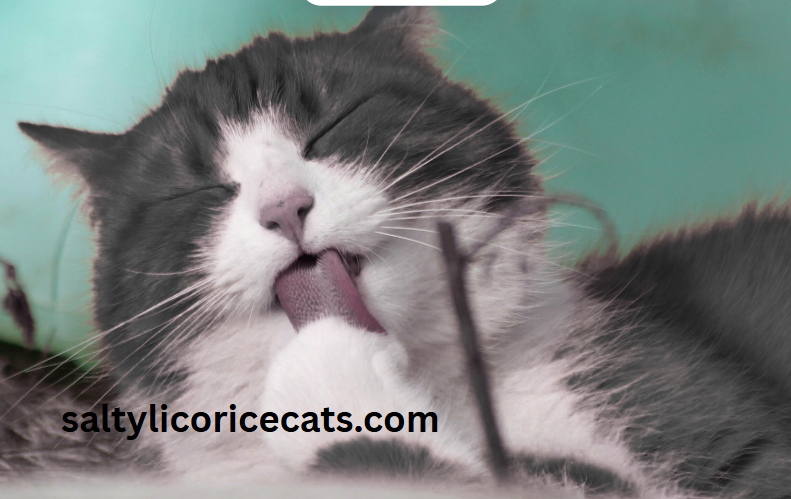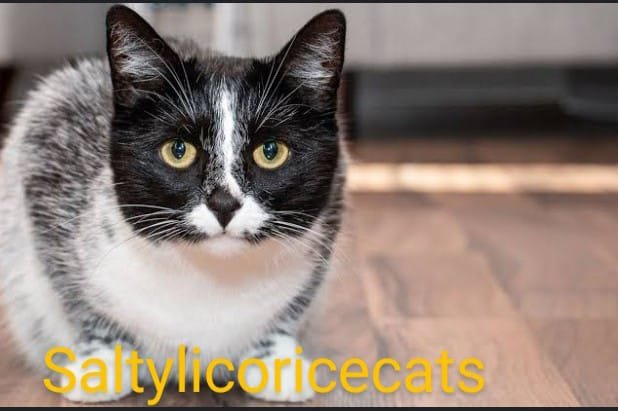Cats are often depicted as aloof and easy keepers, but as many cat people know, felines can be a little high-strung. Cats are also known to suffer from anxiety, just like humans, and it can have a huge impact on their health. Learning the signs of feline stress and how to ensure your cat feels secure and relaxed is key for any pet owner. In this blog article, we will cover the pitfalls of anxiety in cats, the causation and symptoms and long-term effects as well as some ways to help calm your kitty to improve their quality of life.
What Is Cat Anxiety?
In this sense, anxiety manifests in cats as an anxious or fearful state driven by anticipation of a threat. Fear reaction is a normal part of the reply to a trigger, but when anxiety arises almost every day as a habitual response, the behavioural design plus wellness issue. Long-term stress can lead to changes in how a cat behaves or eats and suffer physically, which can be difficult for both the cat and the owner. An important point to keep in mind when trying to understand feline anxiety is that stress can come from both outside and inside the cat.

Top Reasons for Stress in Cats
Environmental changes are among the leading causes of triggering anxiety in felines. Cats can be unsettled by moving house, a change in their routine, new family members (including pets), loud noises, and unusual visitors. But even slight changes, to something as innocuous as moving furniture or relocating a litter box, can upset the balance. But they also happen due to trauma caused by previous abuse, separation anxiety, boredom, or due to a physical ailment like hyperthyroidism or any illness associated with pain.
Cats are creatures of habit. If their surroundings change suddenly or unpredictably, they lose their sense of security. And that activates their fight-or-flight pa-gosh, and they start acting anxious.
How to Spot Cat Anxiety
Identifying the warning signs of anxiety in cats early on can help avoid the problem from worsening. Usually the earliest sign of a problem is a change in behavior. Cats can get depressed, overly timid, hide all the time, over groom and be suddenly aggressive. Certain cats take to more vocalization, primarily at night, and others urinate or defecate pending the litter box (an obvious sign of kitty anxiety).
You’ll also observe physical things, like unwanted weight loss, no appetite, digestive problems or a very dull coat. Do not ignore these signs, as long-term stress can weaken the immune system of a cat, making them prone to disease.
The Impact Cat Stress Has on Their Health
Mood changes in cats due to stress and anxiety are far from being a “meh” type of situation; they can provoke long-term consequences to physical health. Persistent anxiety can reduce immunity, increase susceptibility to infections, and cause gastrointestinal restlessness. At its worst, stress can even result in stress-induced cystitis — a painful bladder disease.
Stress akso leads to behavioral problems or even destructive behavior or bad litter box habits, and this can create strain on the cat–owner bond. Hence, the common need for minutes of an anxiety-free cat and the pressing need to tackle feline anxiety compassionately.
Ways to Soothe 2 Anxious Cats:
A cat with anxiety needs a predictable, developed setting, as well as suitable calming methods to cope with being flustered. This is something that works really well, keeping a schedule with something regular. Cats love stability, so giving a regular schedule for feeding, playtime, and interaction will result in comfort.
Having an area for your cat where they can retreat to and feel safe is also helpful. It needs to be silent, warm, and filled with familiar things such as their bed, their toys, scratching post, etc. Pheromone diffusers can also offer comfort as pheromones send signals to the brain, calming nearby mammals, like feline facial pheromones, for example.
Interactive play, when blended in, can alleviate anxiety, making sure of exercise as well as mental exercise. Prey-maximising toys, like feather wands or laser pointers, can also help your cat discharge pent-up tension. After play time, offer a reward or treat to give your pet a further sense of security and a good time.
Natural calming supplements or herbal remedies, such as chamomile or valerian, can help some cats. That being said, always ask your vet prior to giving your dog any new supplement to make sure it would be OK for your pet.
How to Know When to Seek Professional Help
For some cats, their anxiety might be extreme or unresponsive to efforts made at home. If you have tried everything and your cat shows signs of severe stress, they may need to see a vet or feline behaviourist. It may be that an underlying medical condition is causing the behaviour, and a professional can determine if anti-anxiety medication is needed.
Vets can also guide you in designing a customised behaviour modification plan to gradually expose your cat to stressors they are experiencing to help reduce both their anxiety and inappropriate behaviours. Remember, it takes time—nothing can cure cat anxiety overnight, but with the right care and dedication, things can get better.
Building a Closer Connection With Your Cat
Recognising and solving anxiety in cats not only helps their emotional and physical well-being but also helps in improving the connection you have with the animal. Acknowledging your cat’s needs and giving them a stable environment with love will help grow confidence in your cat, while also creating a safe space for them to develop into the wonderful feline that they are meant to be.
Cats have unique personalities, and though a cat may not always show their feelings in a clearly recognisable fashion, all it takes is a little mindful attention to help strengthen the ability to decipher the silent signals. The presence of anxiety in our cats is NOT an act of defiance but a cry for help, seeking stability, love, and affirmation. As a pet owner, it is one of the most humane things you can do to repay that need, though.
